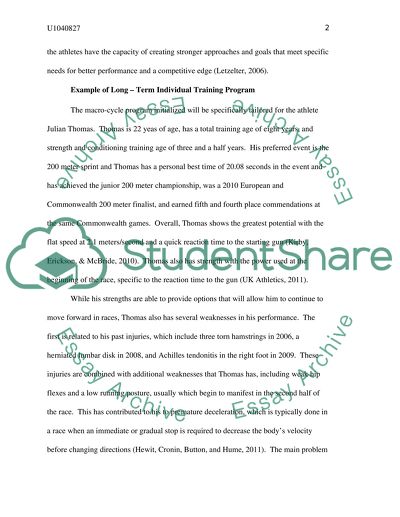Cite this document
(“Theory of strength and Conditioning 2 Essay Example | Topics and Well Written Essays - 3500 words”, n.d.)
Retrieved from https://studentshare.org/literature/1428669-theory-of-strength-and-conditioning
Retrieved from https://studentshare.org/literature/1428669-theory-of-strength-and-conditioning
(Theory of Strength and Conditioning 2 Essay Example | Topics and Well Written Essays - 3500 Words)
https://studentshare.org/literature/1428669-theory-of-strength-and-conditioning.
https://studentshare.org/literature/1428669-theory-of-strength-and-conditioning.
“Theory of Strength and Conditioning 2 Essay Example | Topics and Well Written Essays - 3500 Words”, n.d. https://studentshare.org/literature/1428669-theory-of-strength-and-conditioning.


